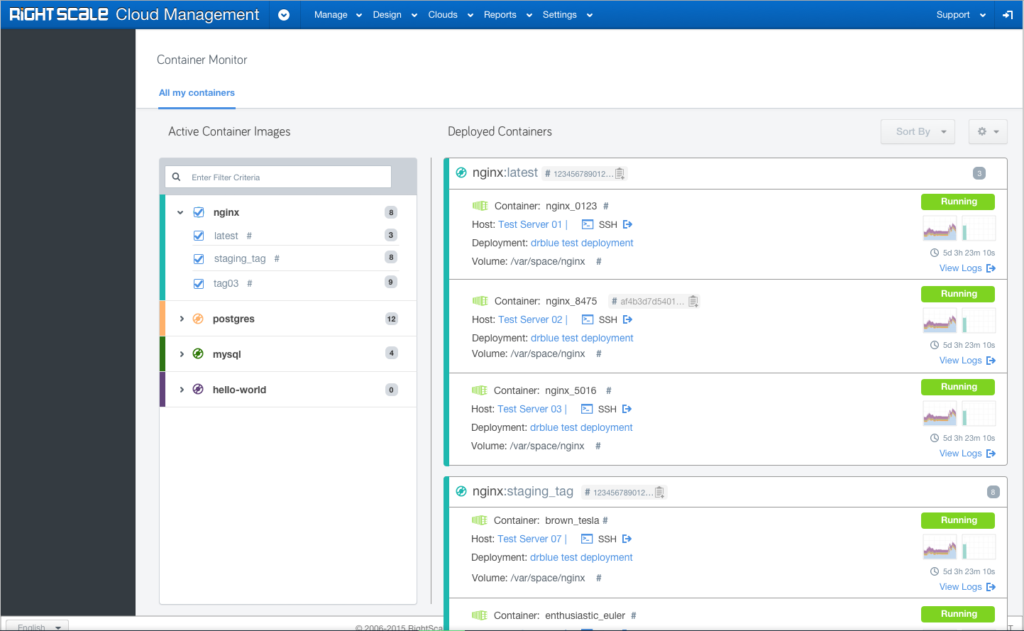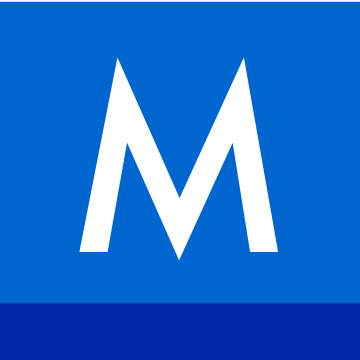“You can use an eraser on the drafting table or a sledge hammer on the construction site.” – Frank Lloyd Wright.
Wire-frames bring together the client requirements, information architecture, architecture, engineering and product specs, user requirements and best practices together.
A well designed set of wire-frames can be used to demonstrate the user’s journey in the product / feature being designed, and more importantly, changes can be made to them much faster than to the released features.
Wireframes are leveraged to gather feedback from internal stakeholders as well as customers / users of the product, in order to make informed design decisions to minimize the need to spend development resources on fixing usability defects in the product.
With the software available in the market right now, it is now possible to iterate on High Fidelity Wire-frames just as easily as low-fi ones. For that reason, I build a pattern library for common UI elements used in the product in Sketch or Illustrator, and then use those to make high-fidelity wire-frames.

I designed this wireframe in Sketch, adapting existing UI patterns to fit a new paradigm for Docker Container visualization at RightScale. This wireframe was used to discuss the planned features with the ops team, engineers , architects, and product management team members.
